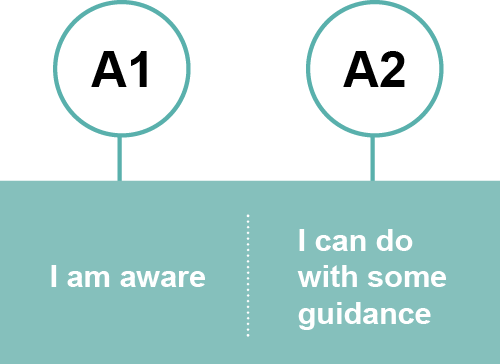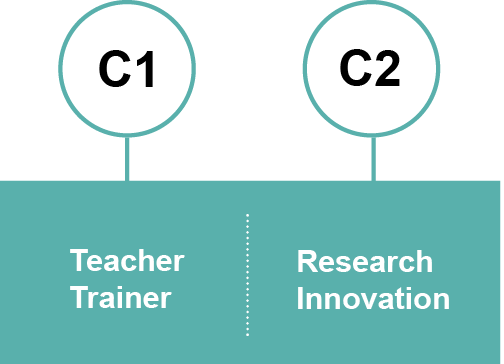Area 4. Assessment
Assessment can be a facilitator or bottleneck to innovation in education. When integrating digital technologies into learning and teaching, we must consider how digital technologies can enhance existing assessment strategies. At the same time, we must also consider how they can be used to create or to facilitate innovative assessment approaches. Digitallycompetent educators should be able to use digital technologies within assessment with those two objectives in mind.
At the same time, digital technologies can contribute to directly monitoring learner progress, to facilitating feedback and to allowing educators to assess and adapt their teaching strategies.






4.1 Assessment strategies
Description. To use digital technologies for the design of diagnostic, formative, and summative evaluation means and instruments, and implements them in compliance with security measures and protection of personal data. To enhance the diversity and suitability of evaluation formats and approaches.
4.2 Analysing and evidence
Description. To generate, select, critically analyse and interpret digital evidence on the activity, performance and progress of students in order to improve the teaching and learning process, respecting current regulations on data protection.
4.3 Feedback and planning
Description. To use digital technologies to offer feedback to students respecting the privacy and security of the information provided. To adapt teaching strategies and provides specific reinforcement from the data obtained. Informs students and families and facilitates the understanding of the evidence of learning provided by digital technologies, so that they can be used in decision-making.
